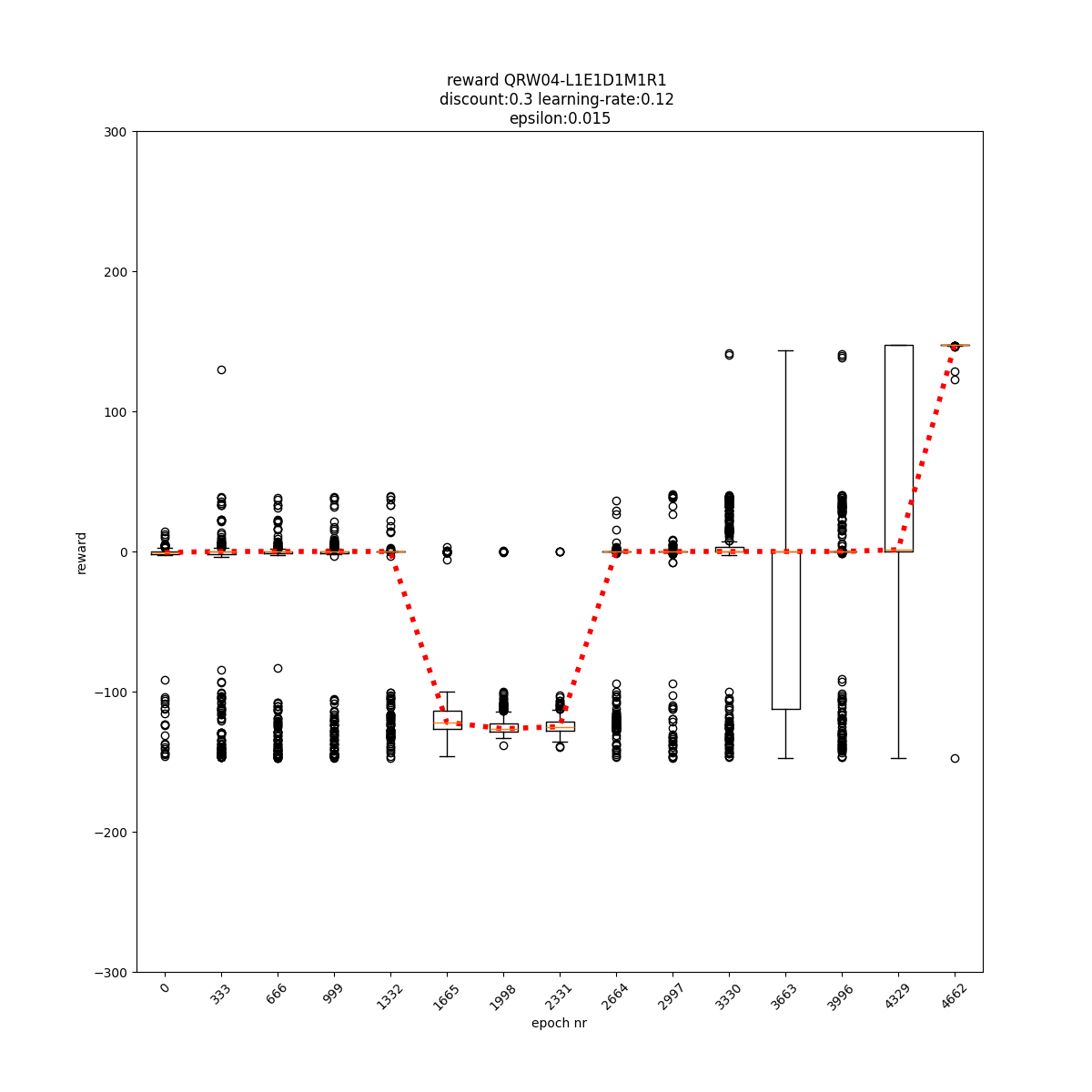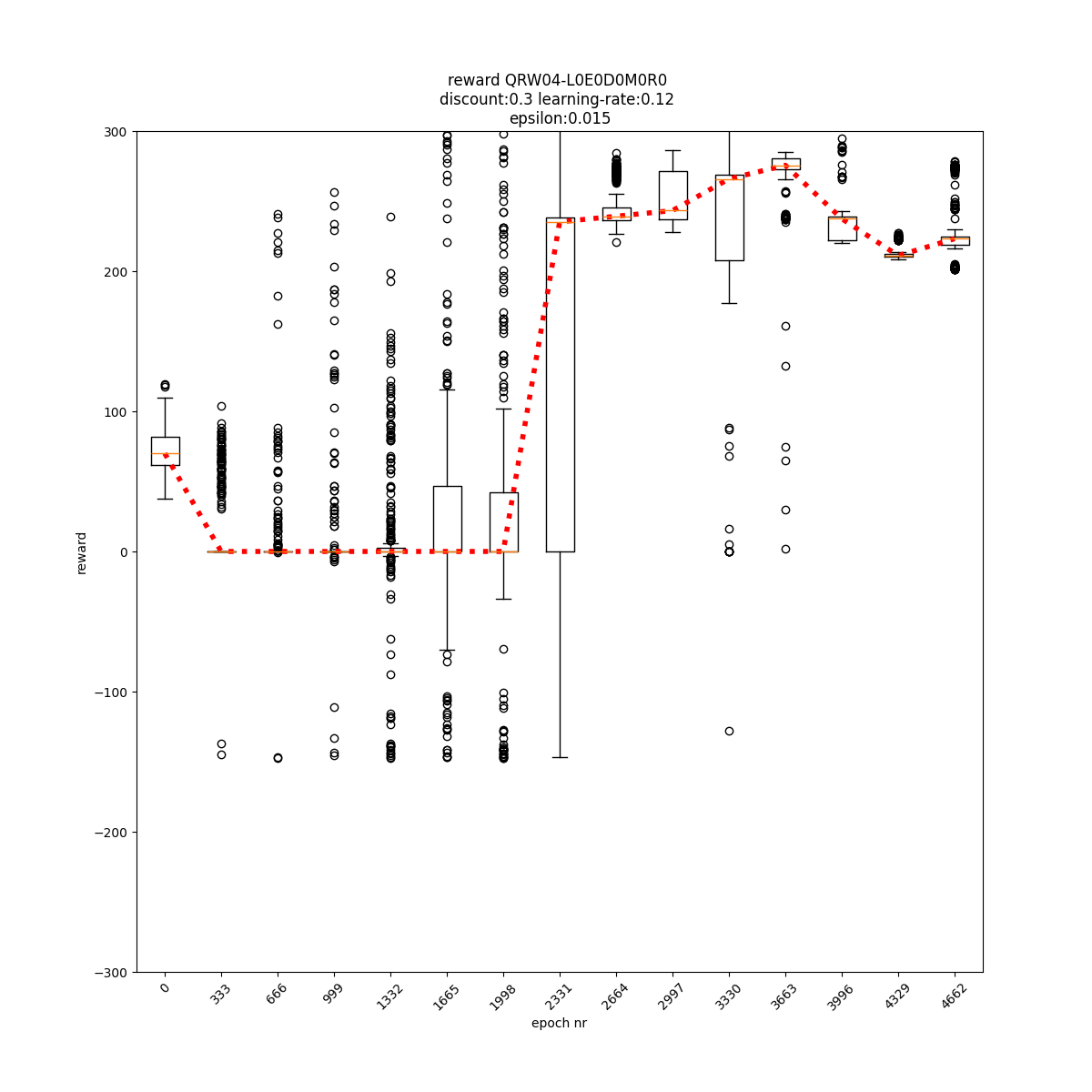
q-values
video 0 video 1 video 2 video 3
video 4 video 5 video 6 video 7
video 8 video 9 video 10 video 11
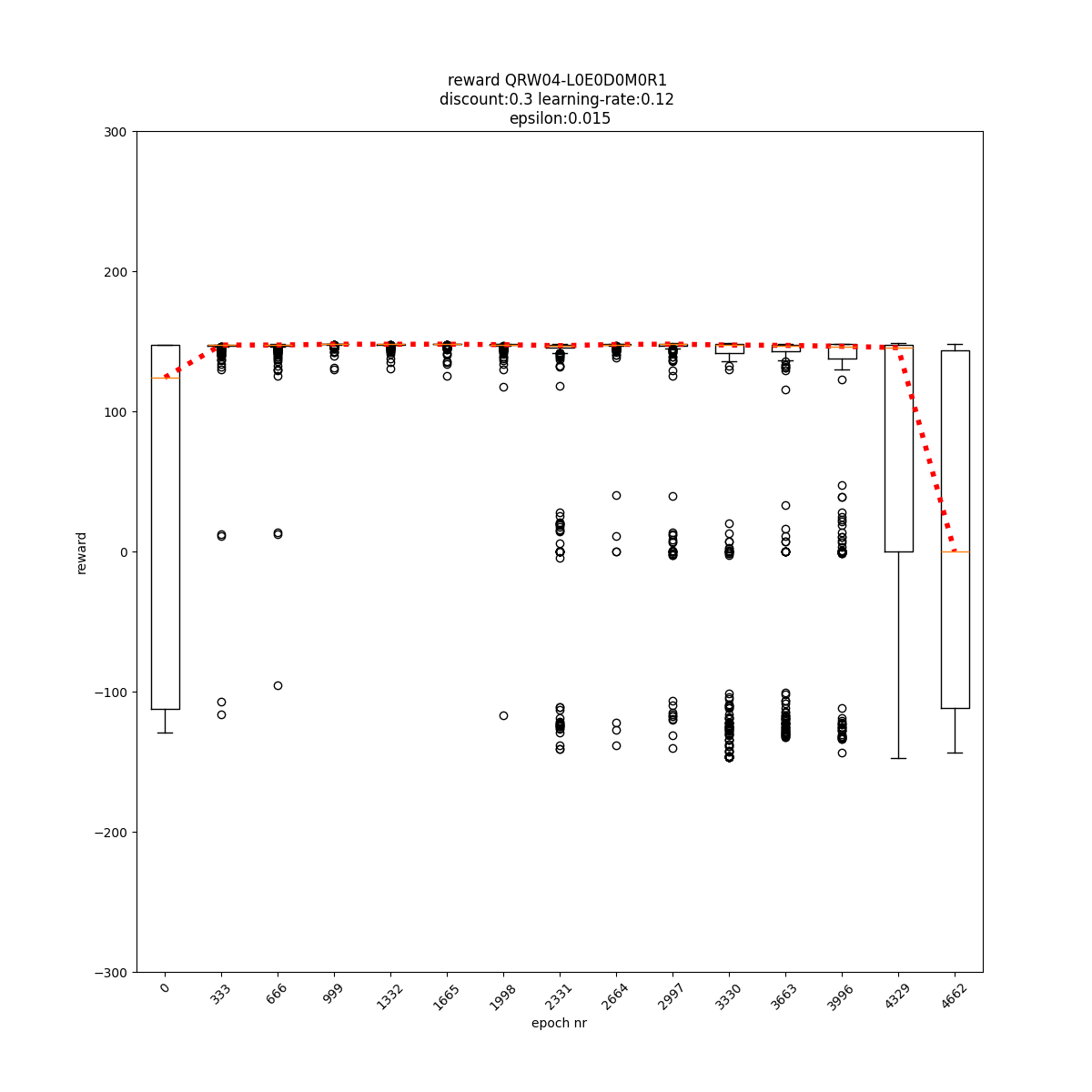
q-values
video 0 video 1 video 2 video 3
video 4 video 5 video 6 video 7
video 8 video 9 video 10 video 11
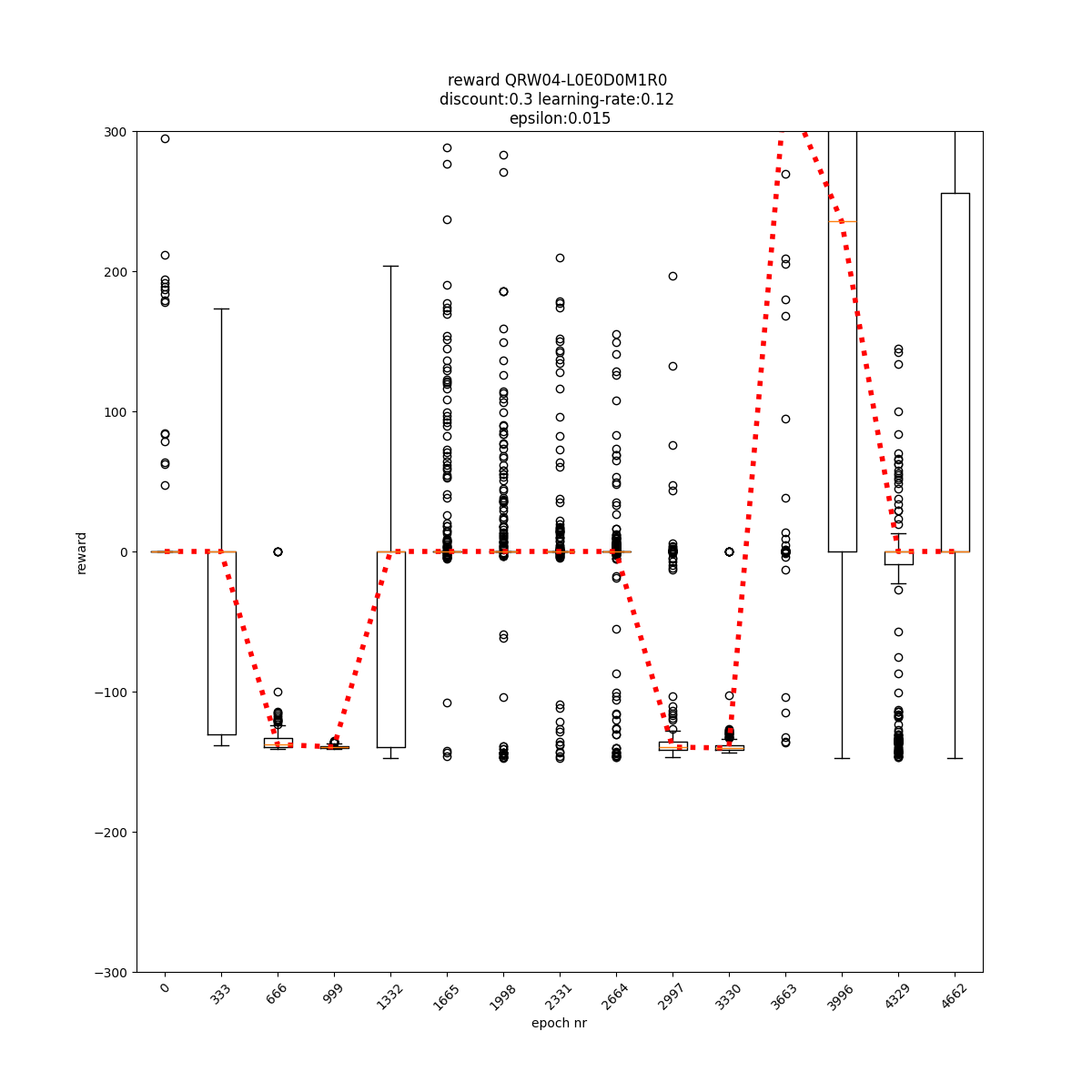
q-values
video 0 video 1 video 2 video 3
video 4 video 5 video 6 video 7
video 8 video 9 video 10 video 11
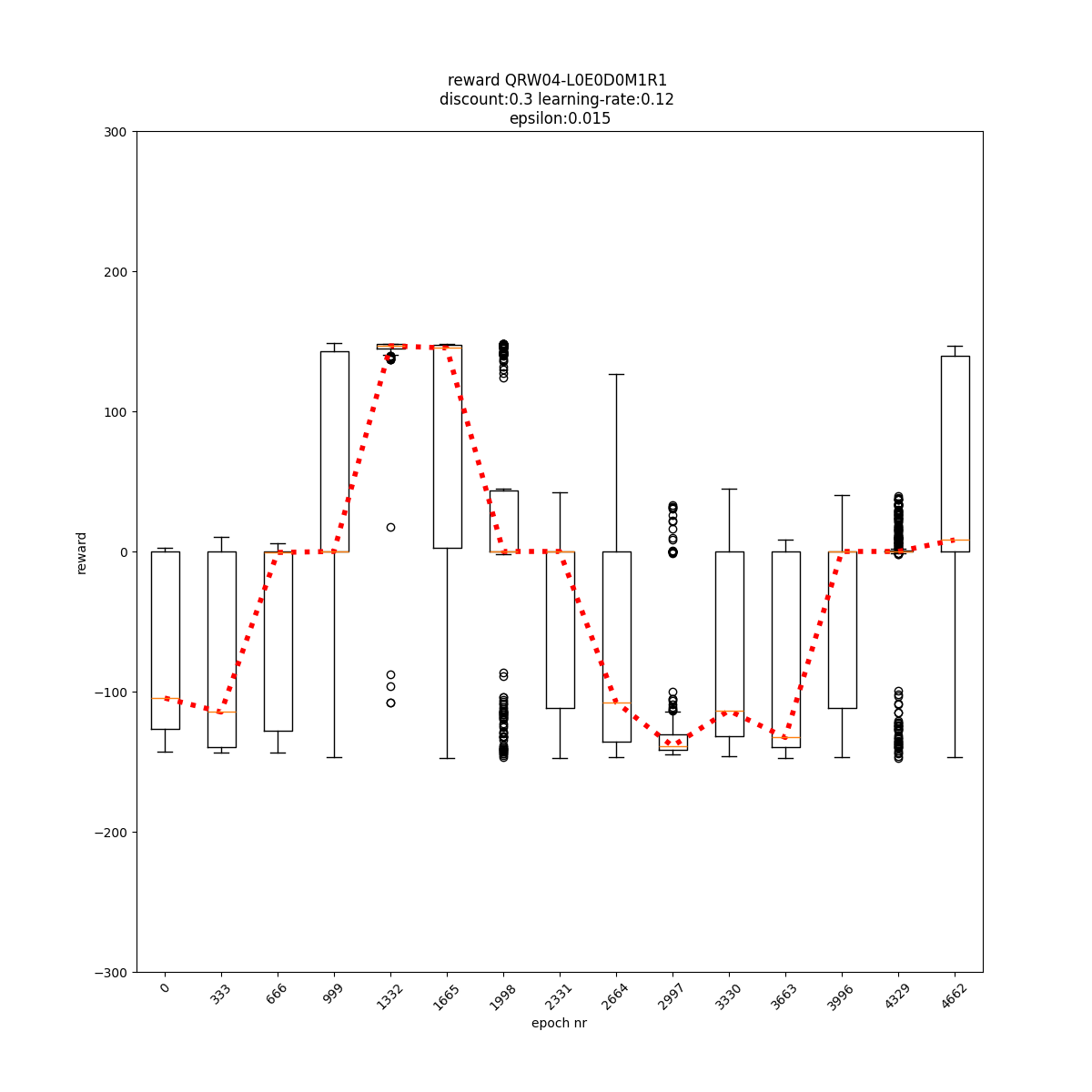
q-values
video 0 video 1 video 2 video 3
video 4 video 5 video 6 video 7
video 8 video 9 video 10 video 11
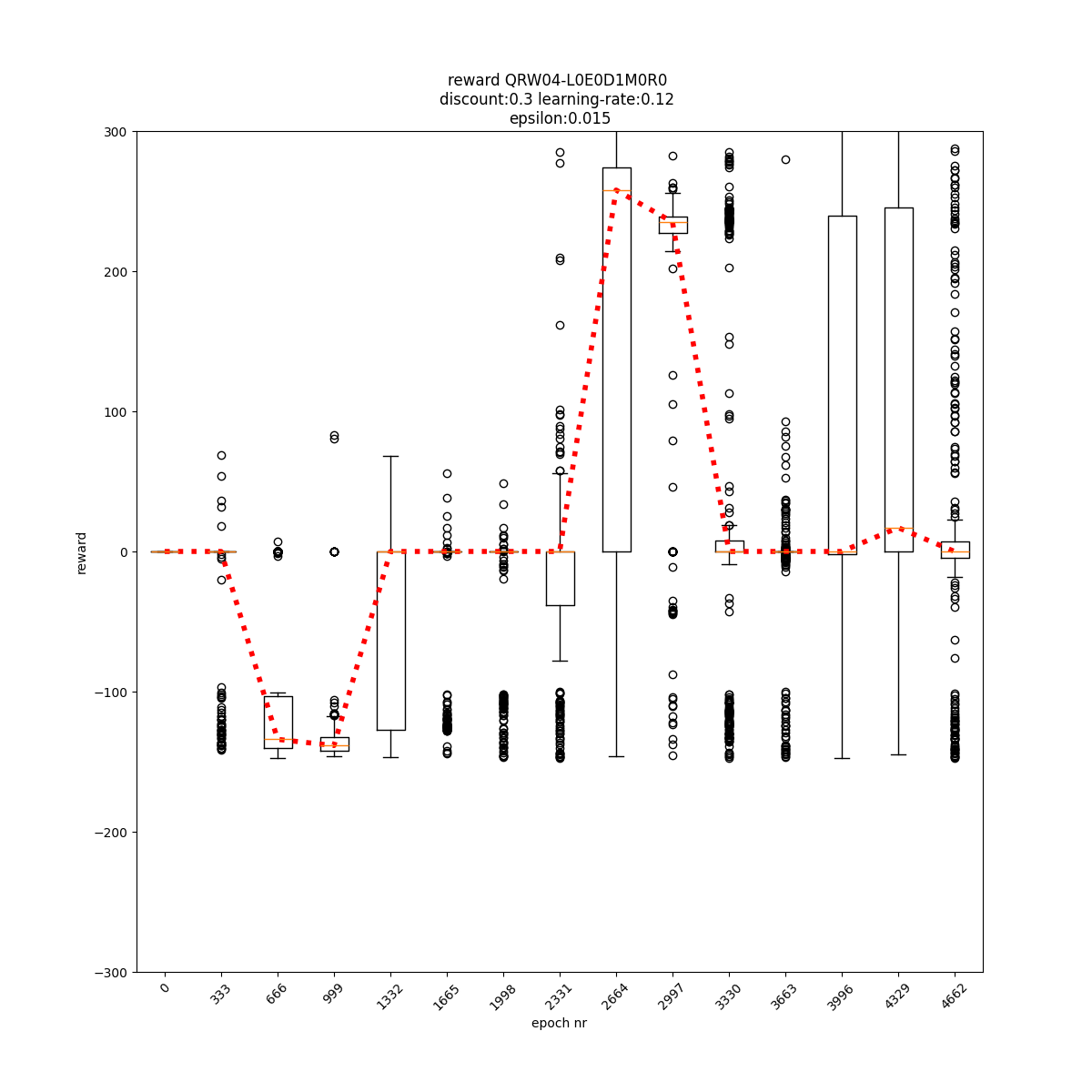
q-values
video 0 video 1 video 2 video 3
video 4 video 5 video 6 video 7
video 8 video 9 video 10 video 11
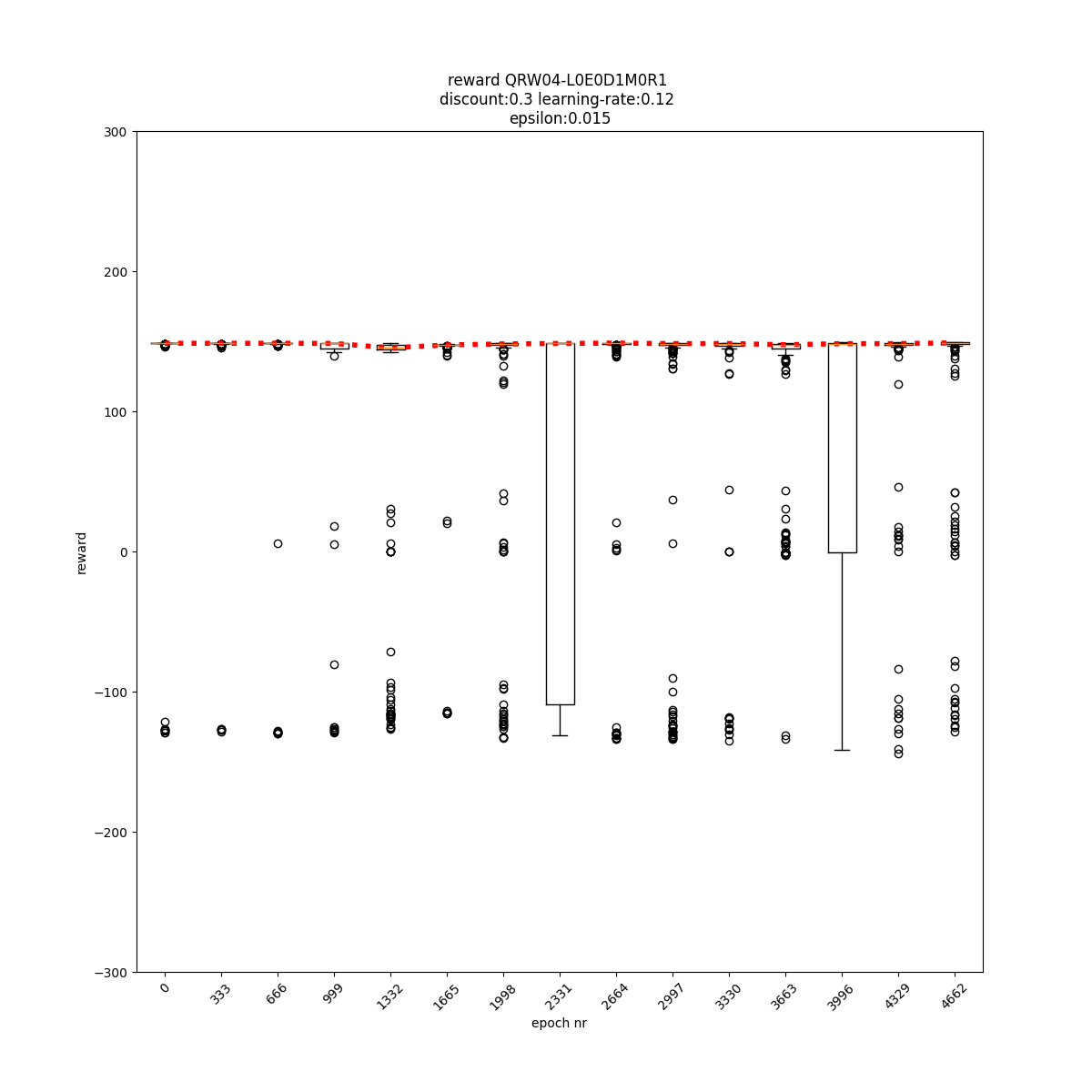
q-values
video 0 video 1 video 2 video 3
video 4 video 5 video 6 video 7
video 8 video 9 video 10 video 11

q-values
video 0 video 1 video 2 video 3
video 4 video 5 video 6 video 7
video 8 video 9 video 10 video 11
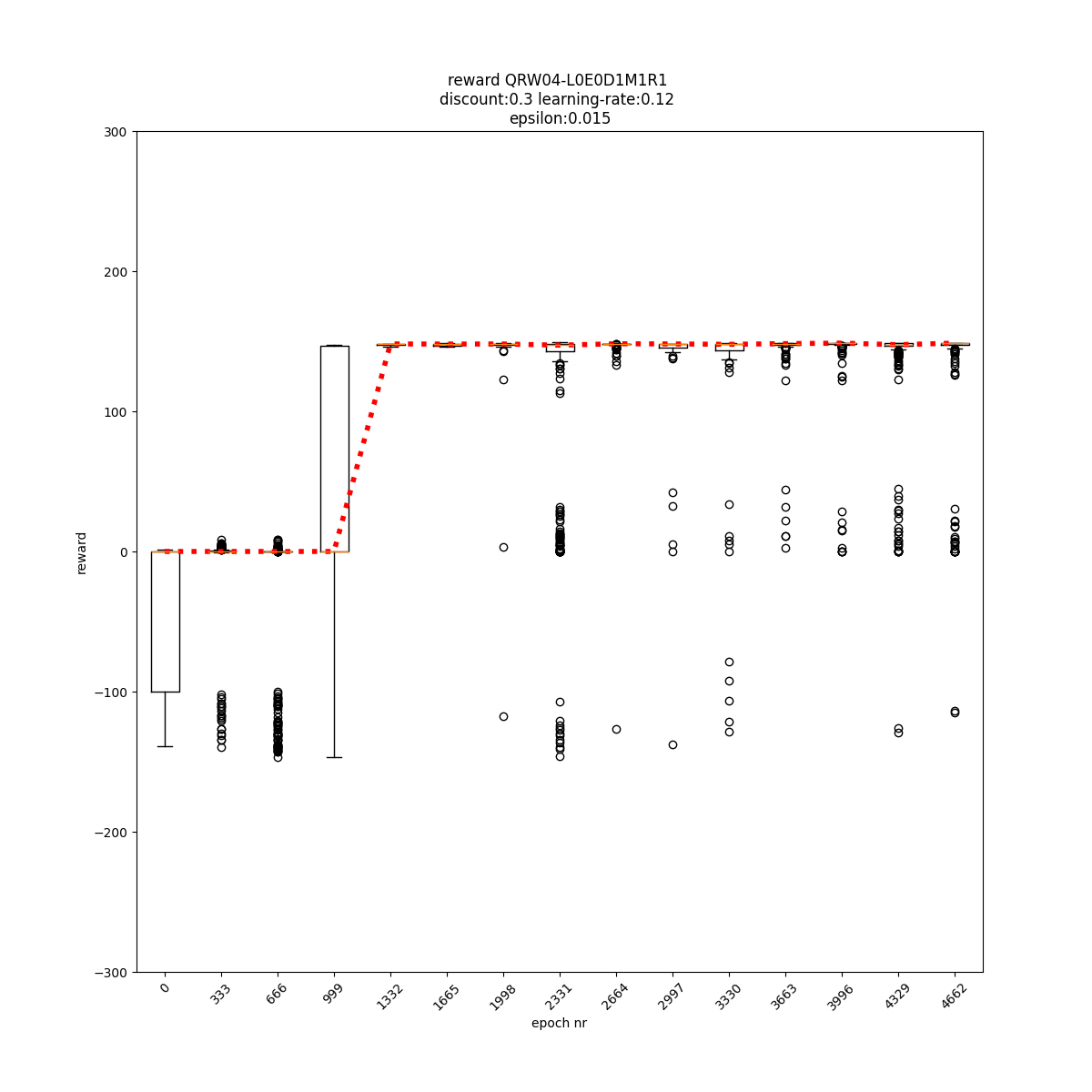
q-values
video 0 video 1 video 2 video 3
video 4 video 5 video 6 video 7
video 8 video 9 video 10 video 11
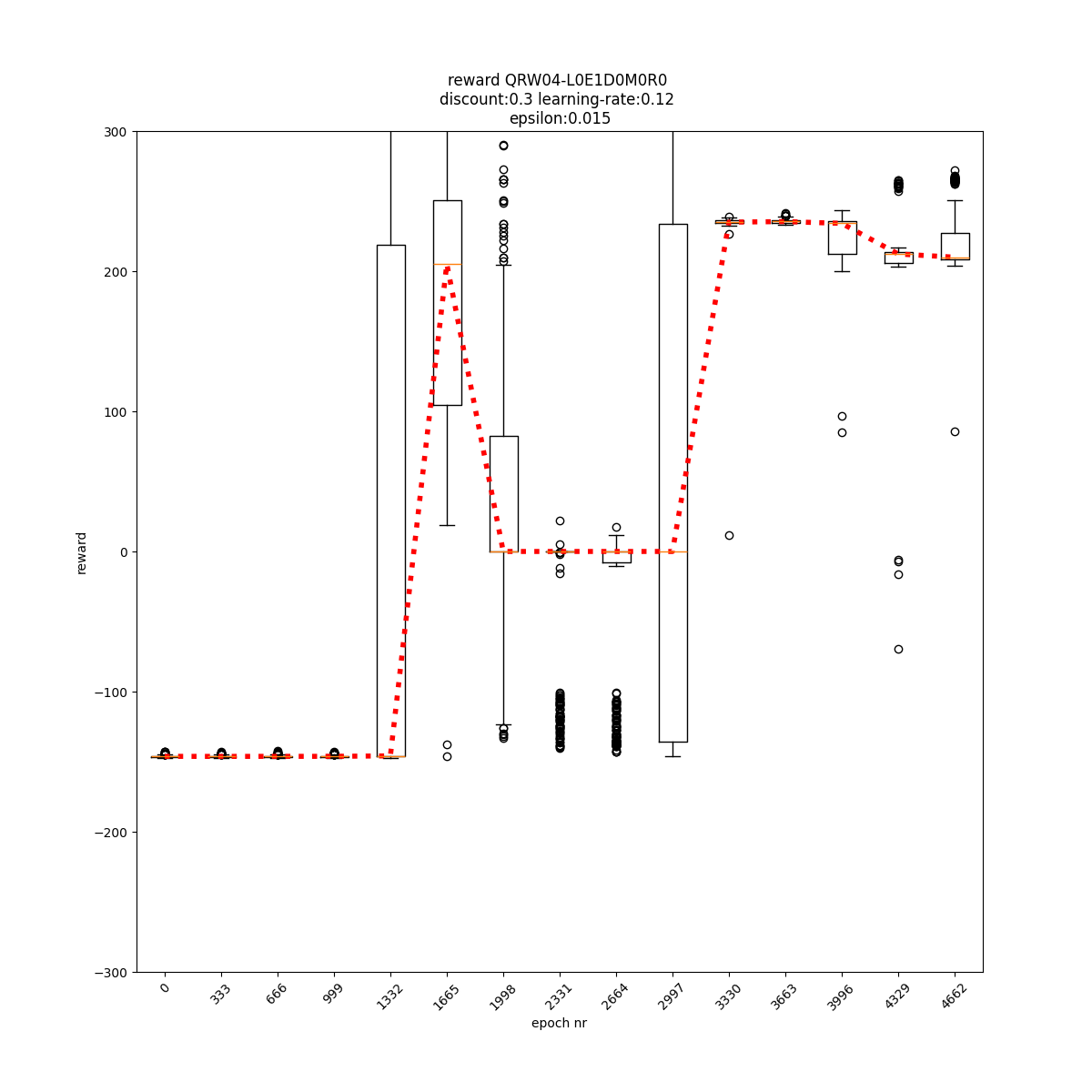
q-values
video 0 video 1 video 2 video 3
video 4 video 5 video 6 video 7
video 8 video 9 video 10 video 11

q-values
video 0 video 1 video 2 video 3
video 4 video 5 video 6 video 7
video 8 video 9 video 10 video 11
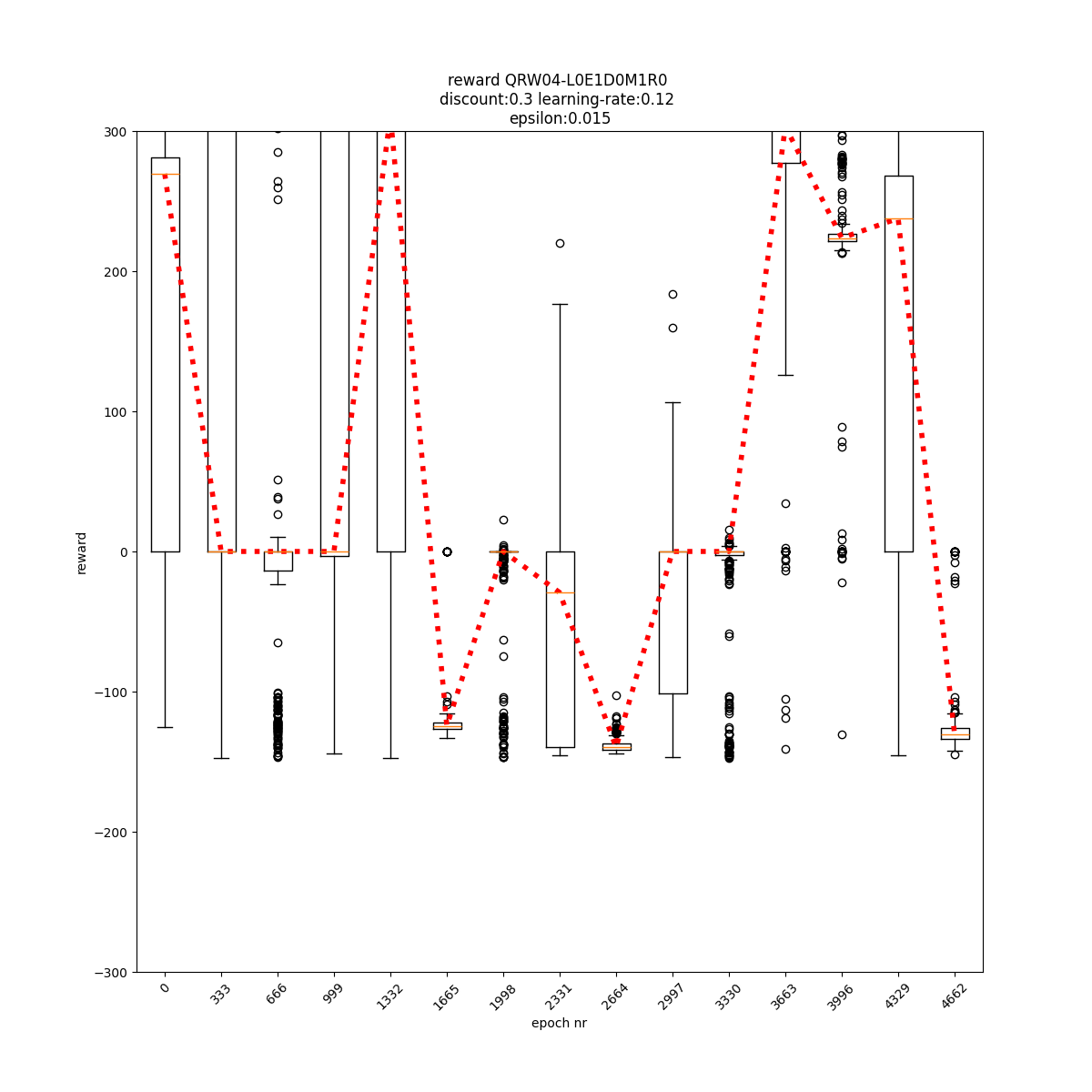
q-values
video 0 video 1 video 2 video 3
video 4 video 5 video 6 video 7
video 8 video 9 video 10 video 11
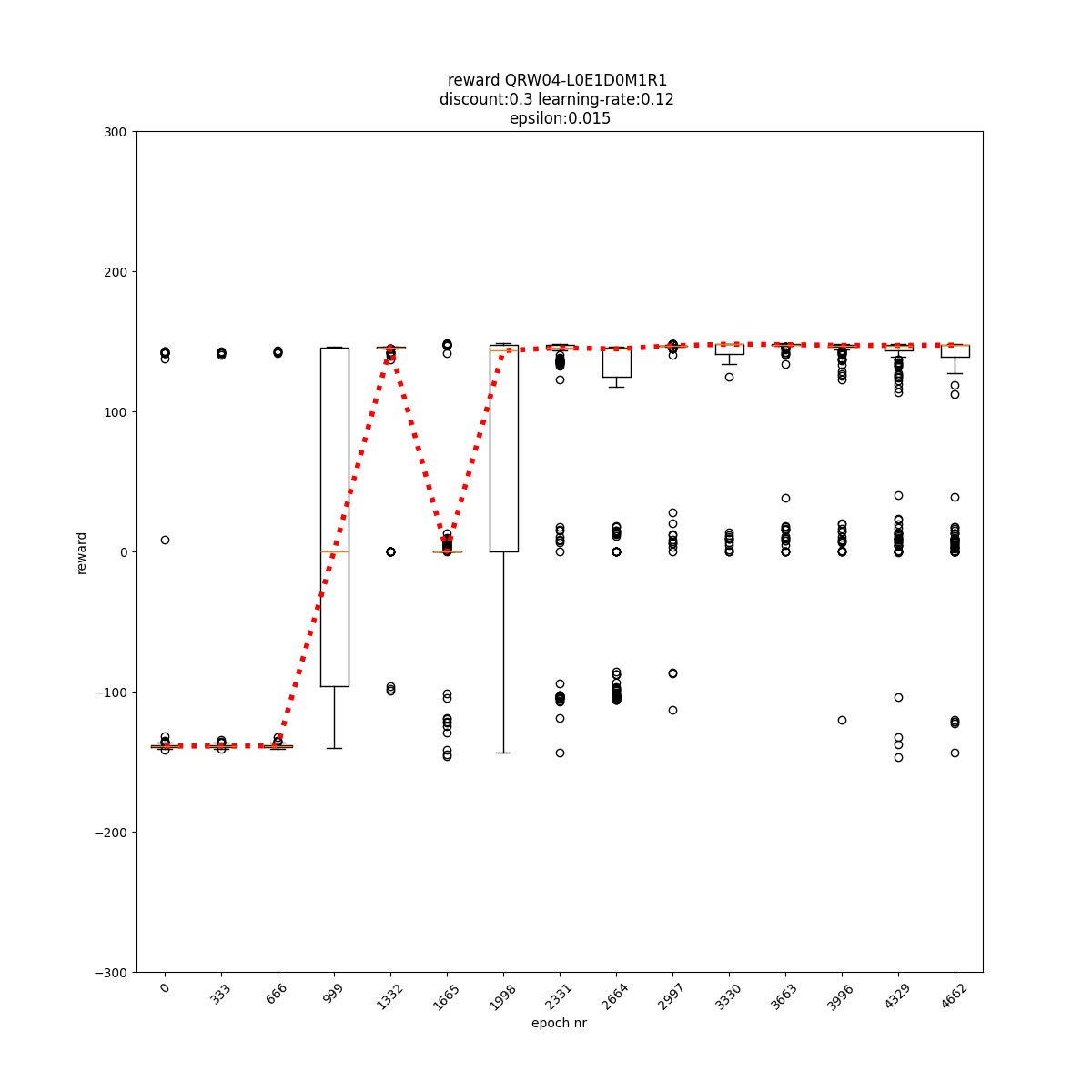
q-values
video 0 video 1 video 2 video 3
video 4 video 5 video 6 video 7
video 8 video 9 video 10 video 11
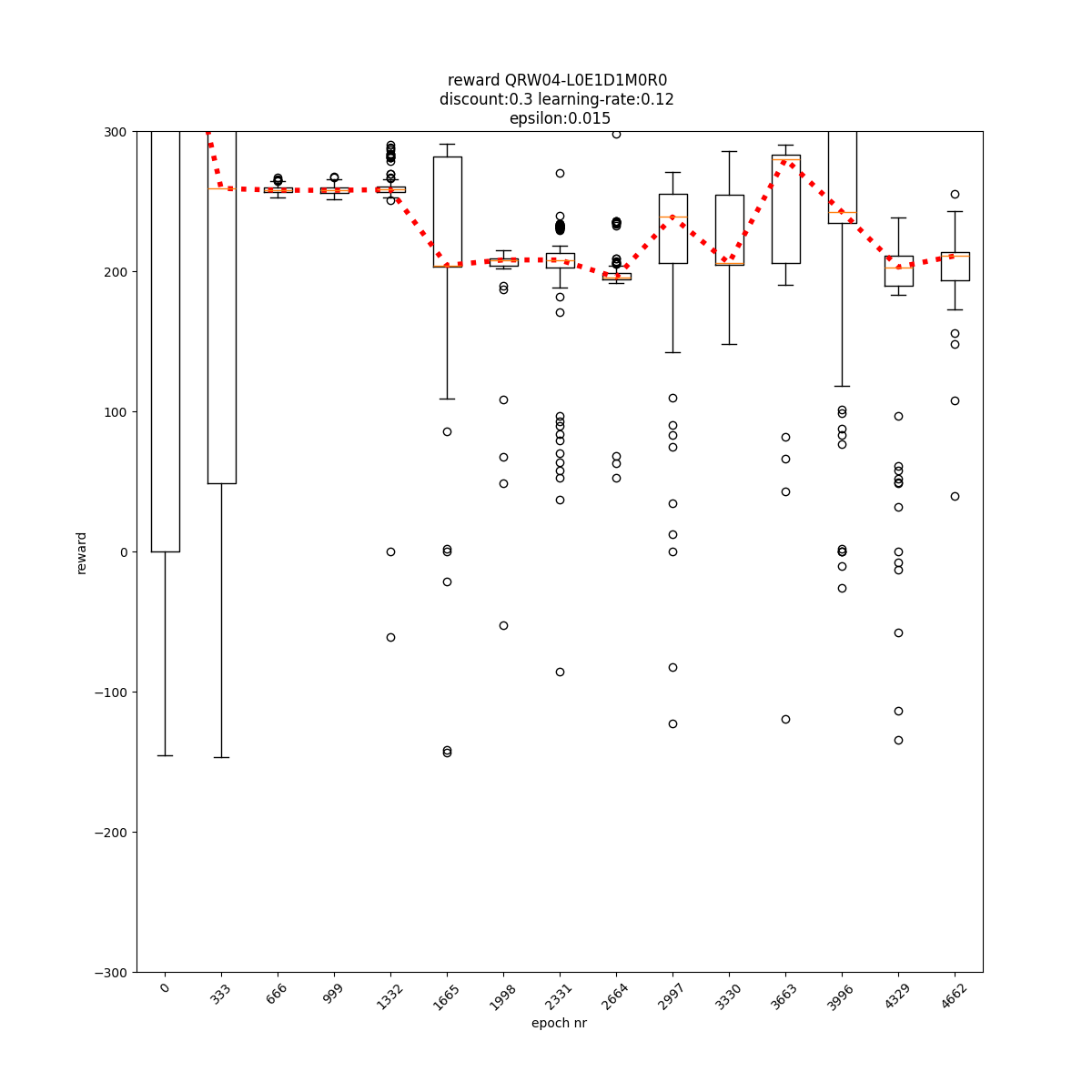
q-values
video 0 video 1 video 2 video 3
video 4 video 5 video 6 video 7
video 8 video 9 video 10 video 11
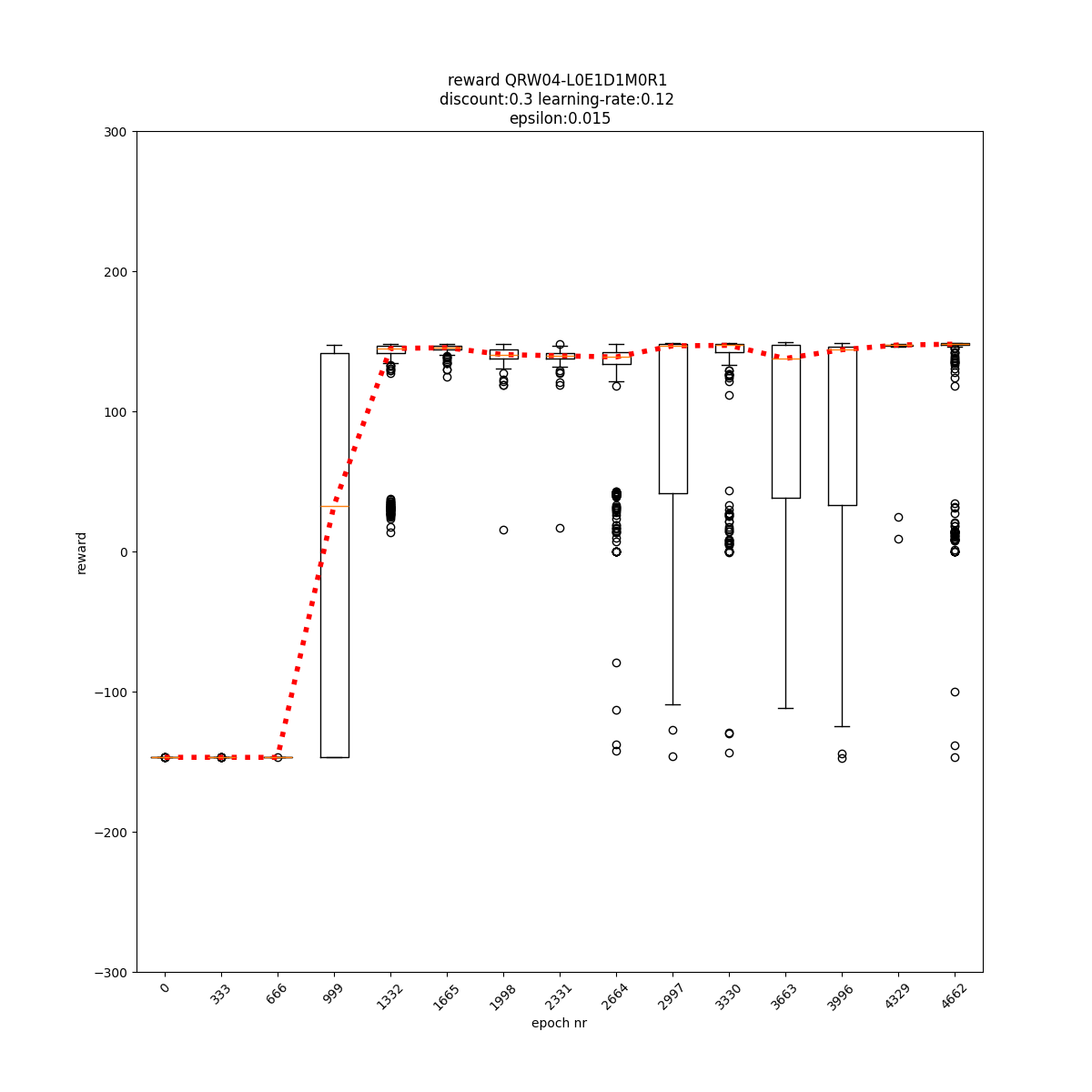
q-values
video 0 video 1 video 2 video 3
video 4 video 5 video 6 video 7
video 8 video 9 video 10 video 11

q-values
video 0 video 1 video 2 video 3
video 4 video 5 video 6 video 7
video 8 video 9 video 10 video 11

q-values
video 0 video 1 video 2 video 3
video 4 video 5 video 6 video 7
video 8 video 9 video 10 video 11

q-values
video 0 video 1 video 2 video 3
video 4 video 5 video 6 video 7
video 8 video 9 video 10 video 11
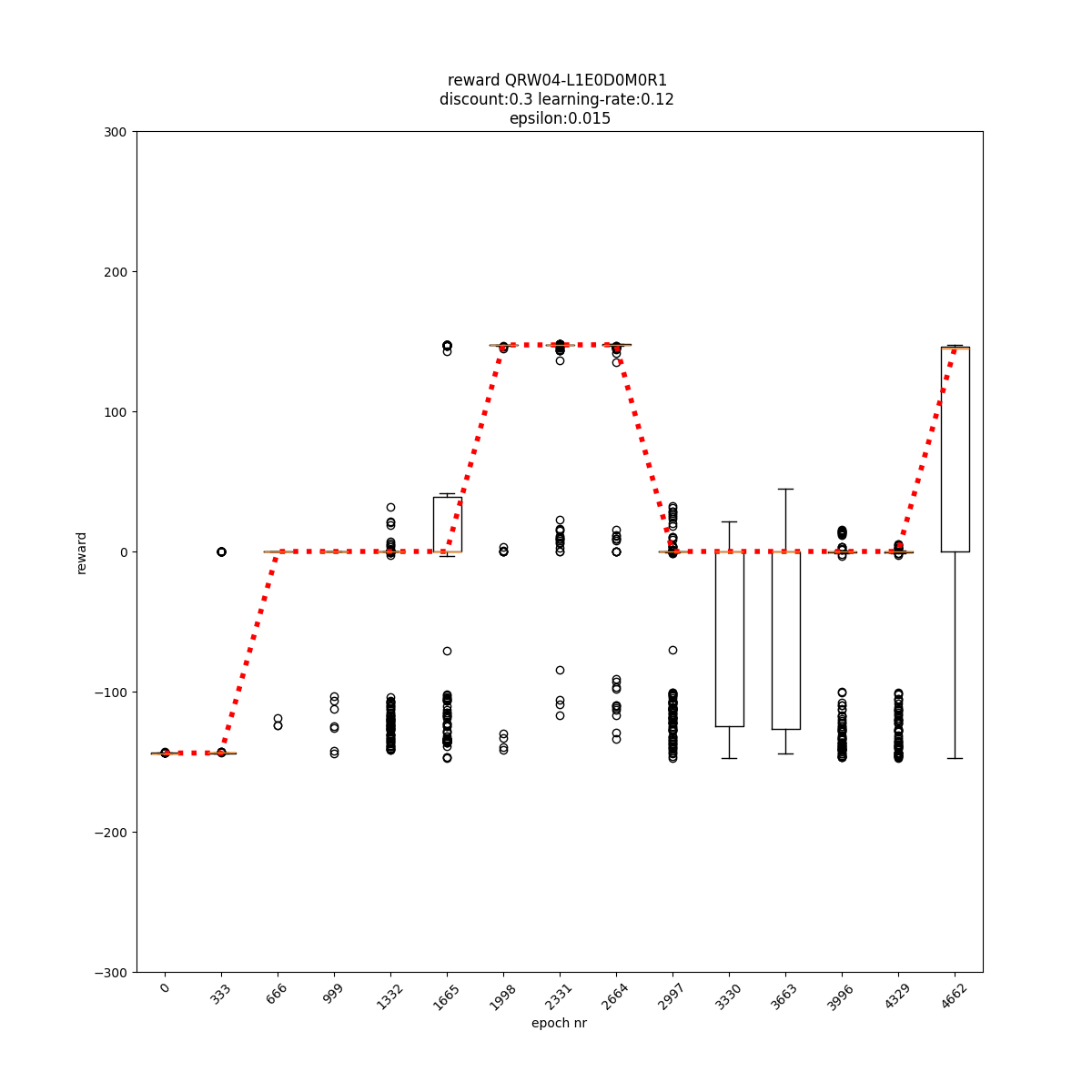
q-values
video 0 video 1 video 2 video 3
video 4 video 5 video 6 video 7
video 8 video 9 video 10 video 11
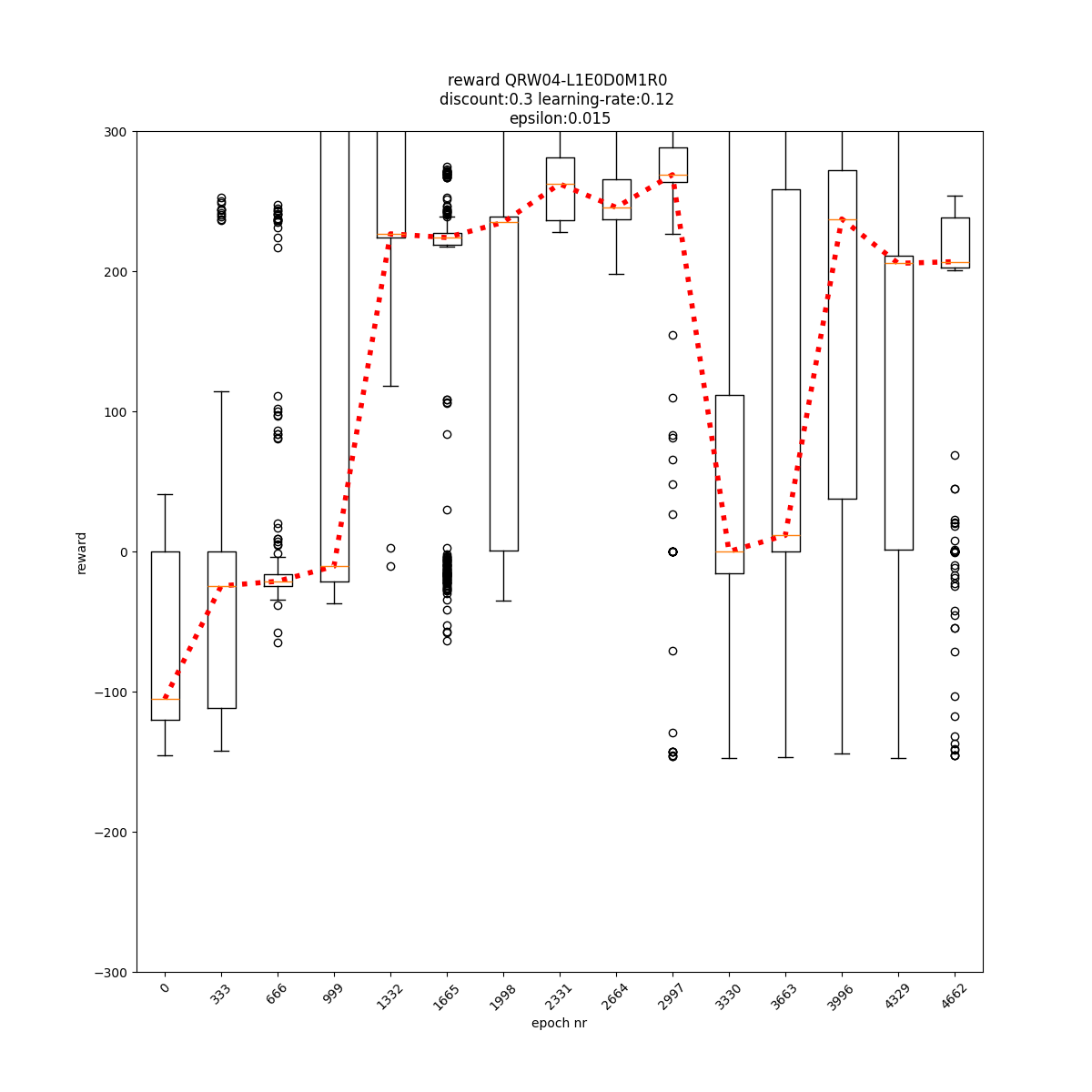
q-values
video 0 video 1 video 2 video 3
video 4 video 5 video 6 video 7
video 8 video 9 video 10 video 11
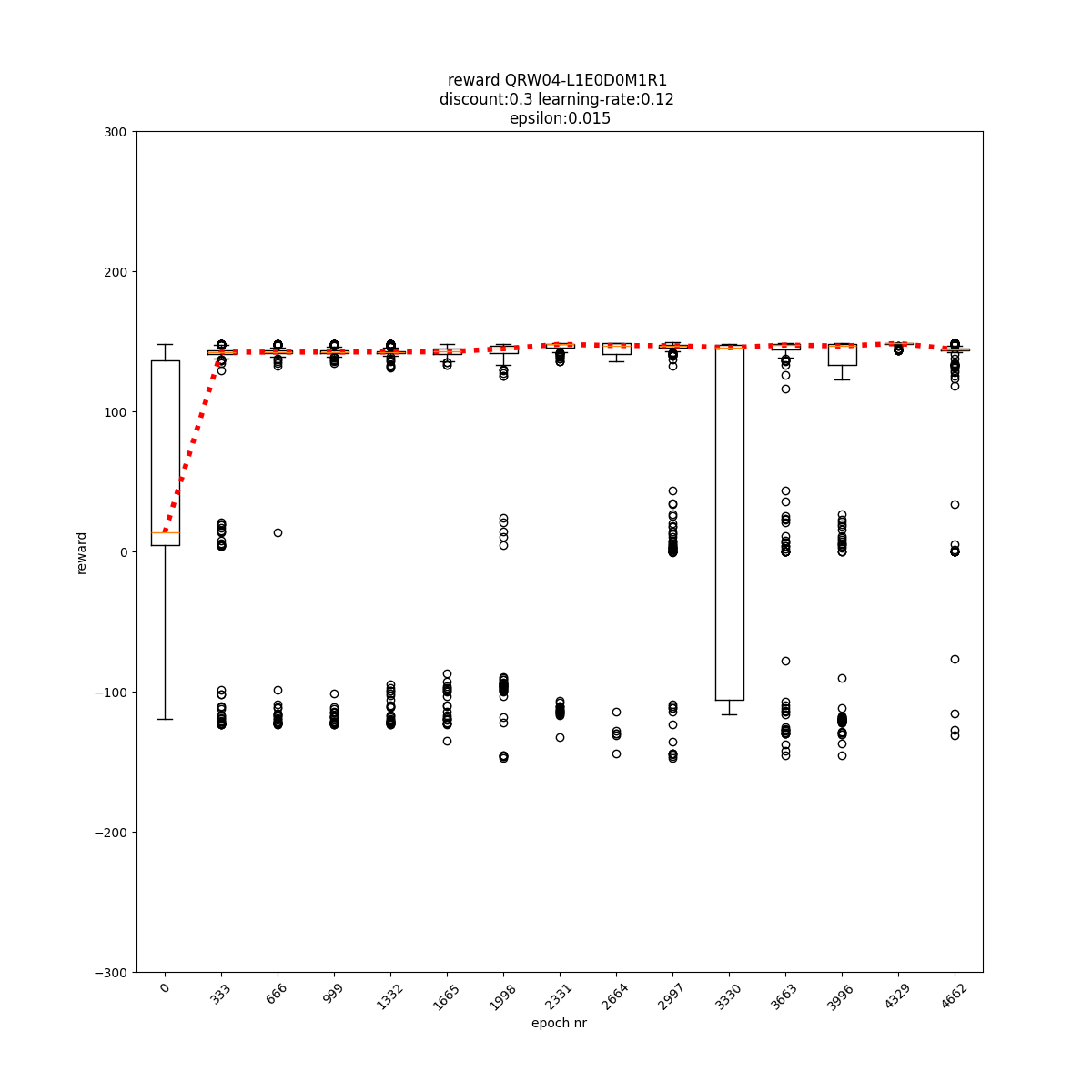
q-values
video 0 video 1 video 2 video 3
video 4 video 5 video 6 video 7
video 8 video 9 video 10 video 11
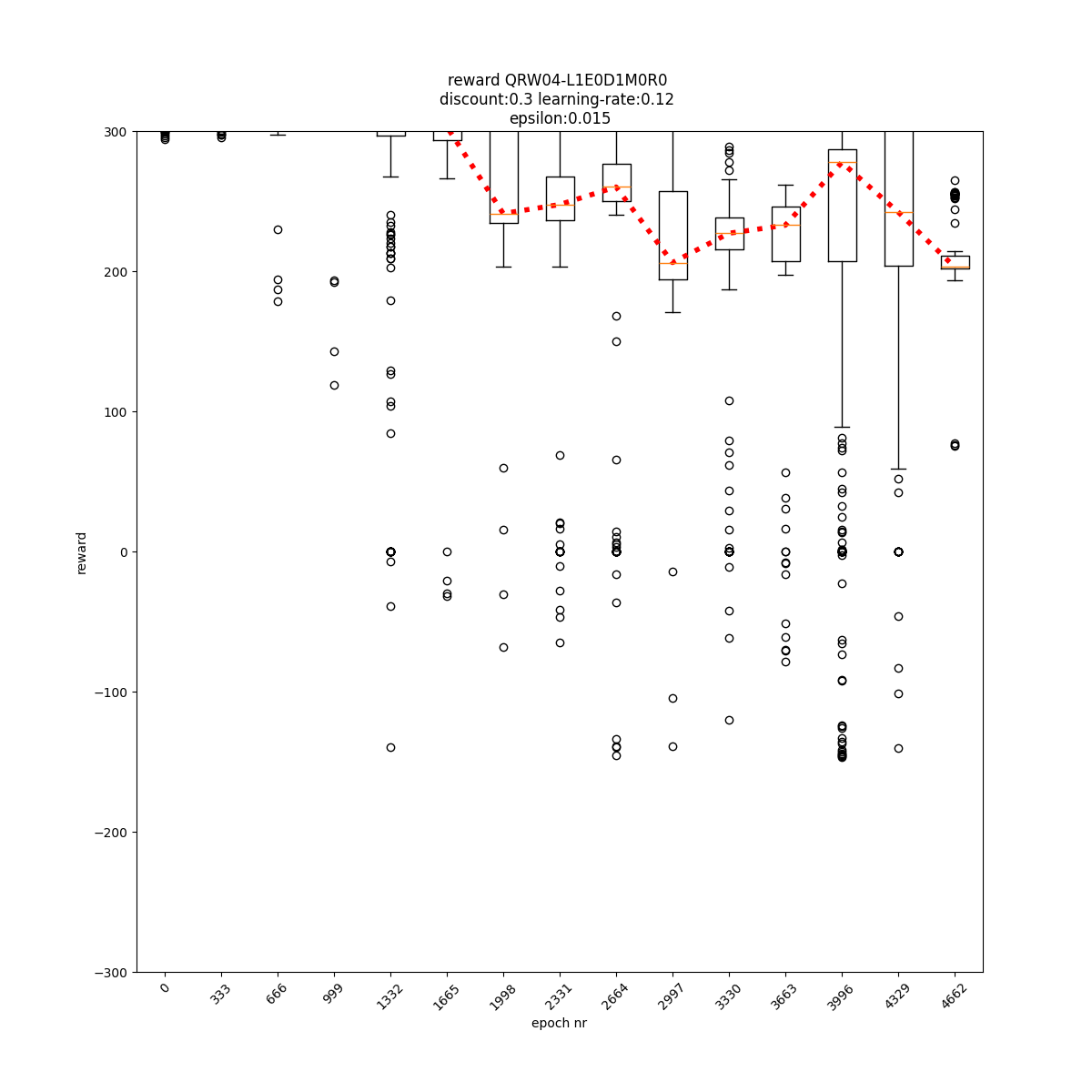
q-values
video 0 video 1 video 2 video 3
video 4 video 5 video 6 video 7
video 8 video 9 video 10 video 11
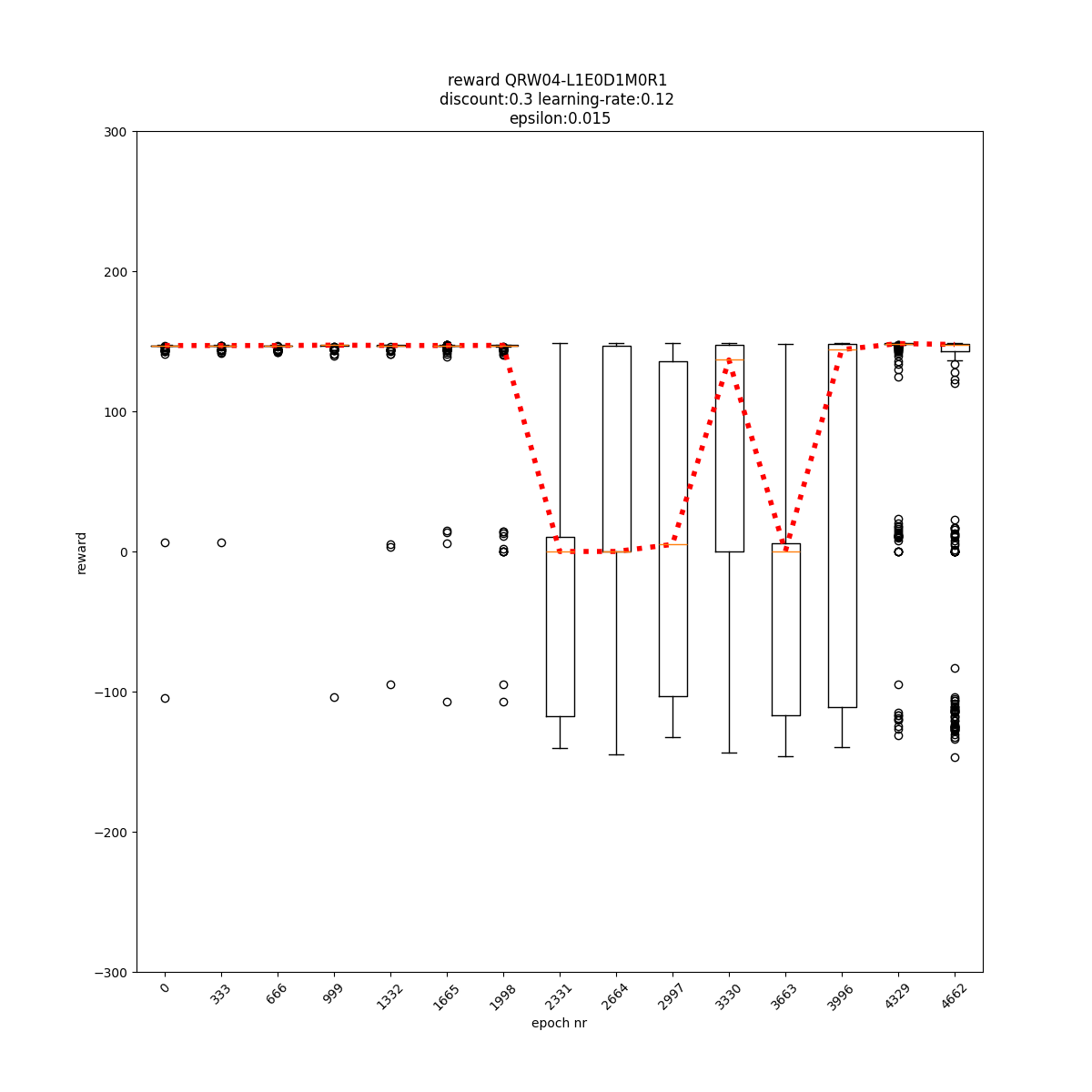
q-values
video 0 video 1 video 2 video 3
video 4 video 5 video 6 video 7
video 8 video 9 video 10 video 11
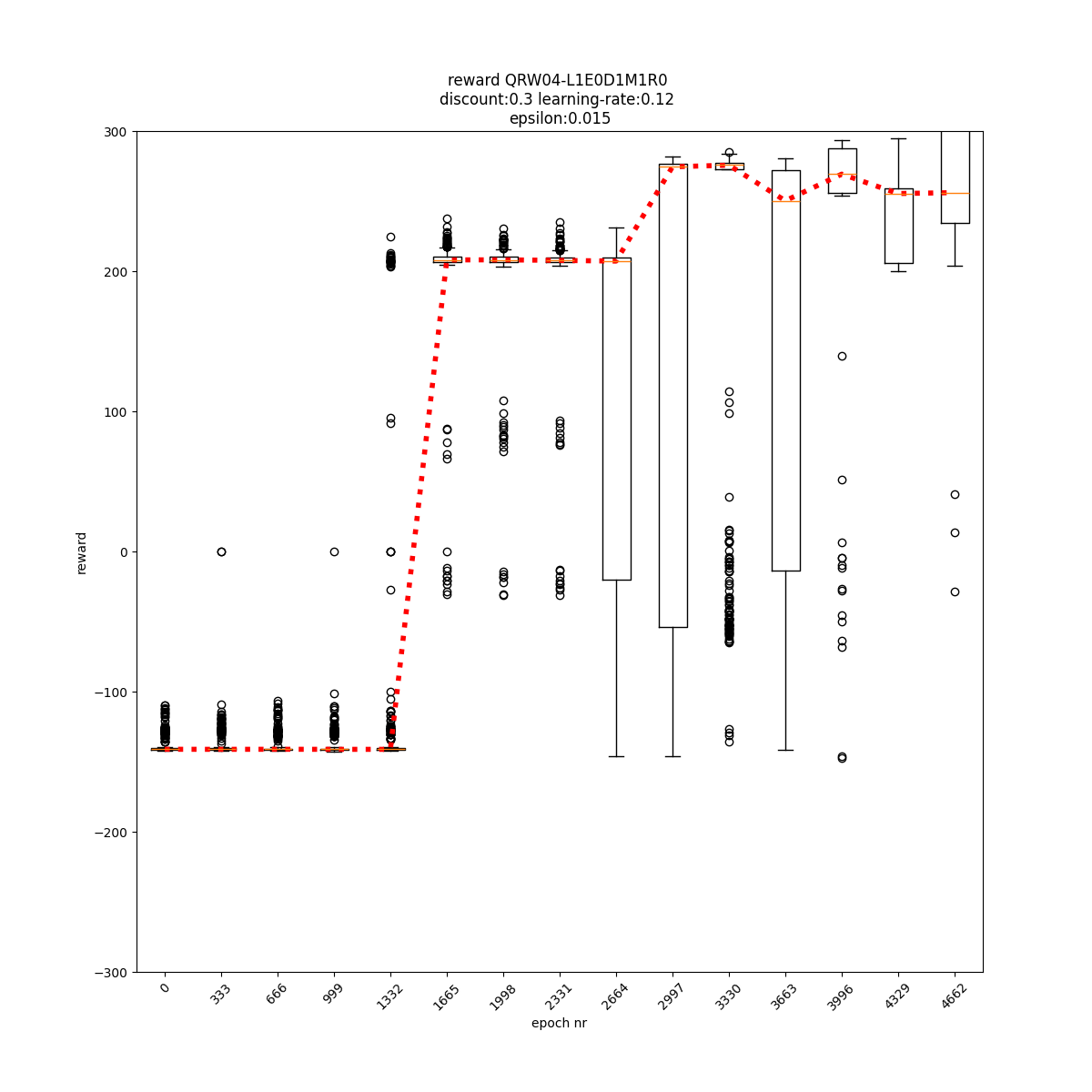
q-values
video 0 video 1 video 2 video 3
video 4 video 5 video 6 video 7
video 8 video 9 video 10 video 11
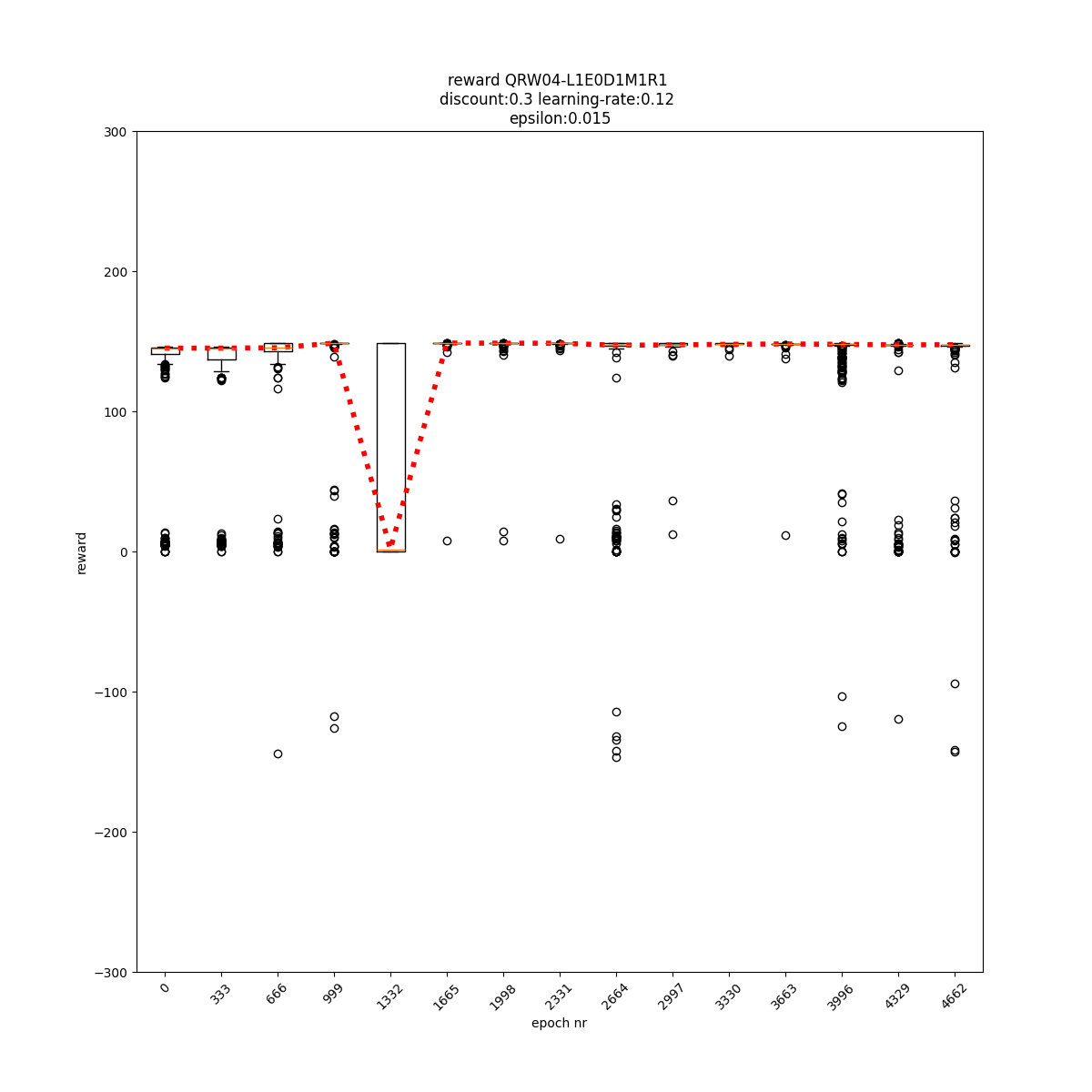
q-values
video 0 video 1 video 2 video 3
video 4 video 5 video 6 video 7
video 8 video 9 video 10 video 11
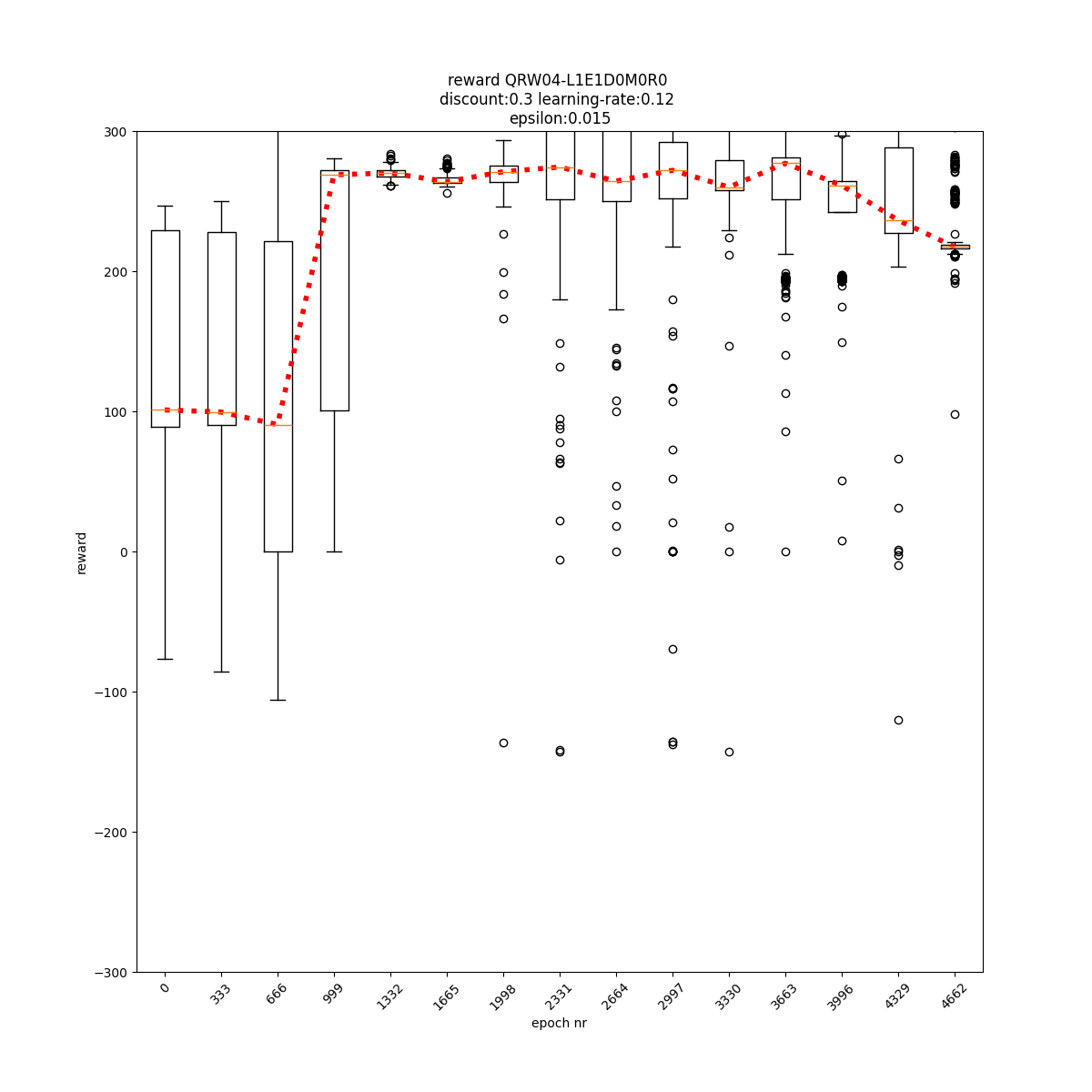
q-values
video 0 video 1 video 2 video 3
video 4 video 5 video 6 video 7
video 8 video 9 video 10 video 11

q-values
video 0 video 1 video 2 video 3
video 4 video 5 video 6 video 7
video 8 video 9 video 10 video 11
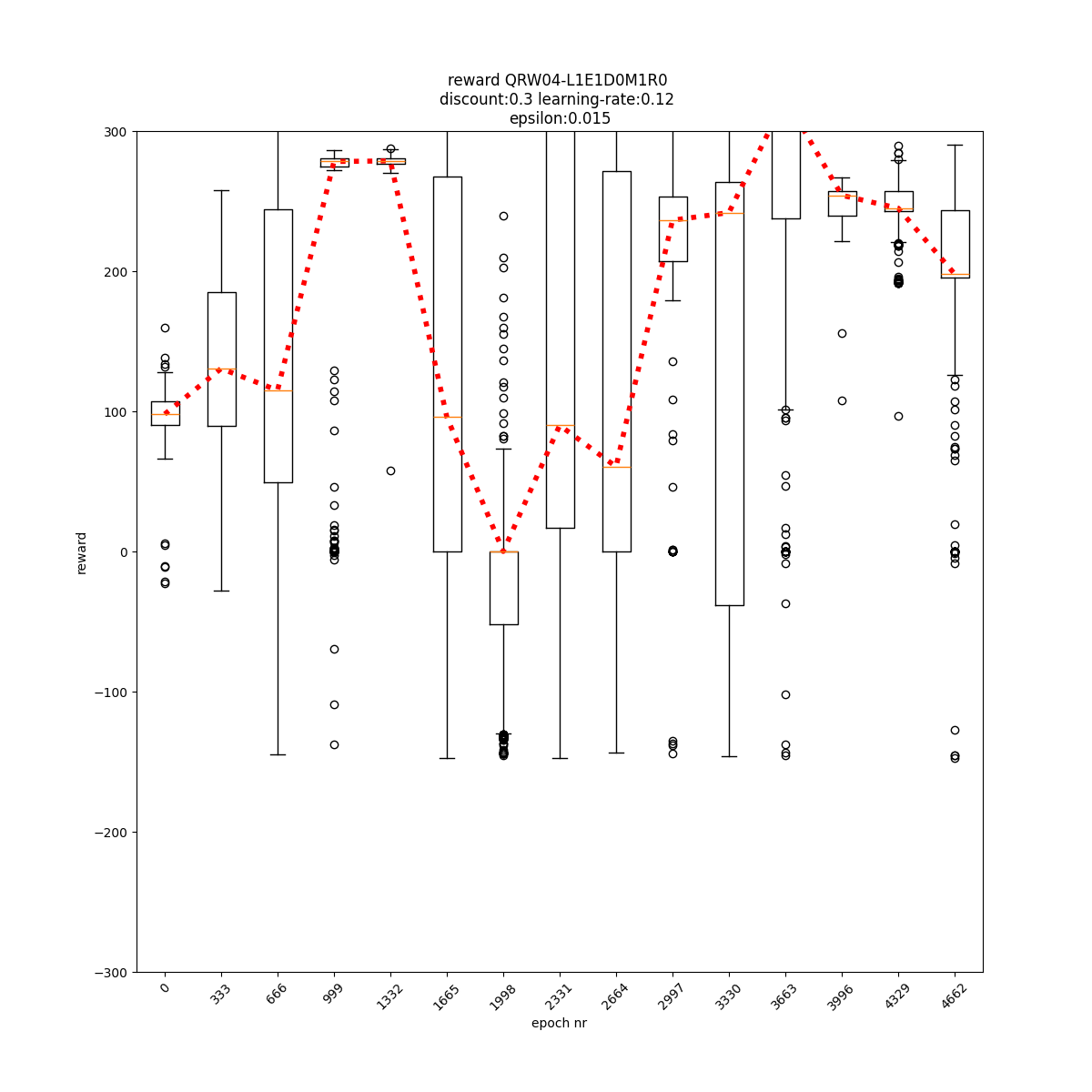
q-values
video 0 video 1 video 2 video 3
video 4 video 5 video 6 video 7
video 8 video 9 video 10 video 11
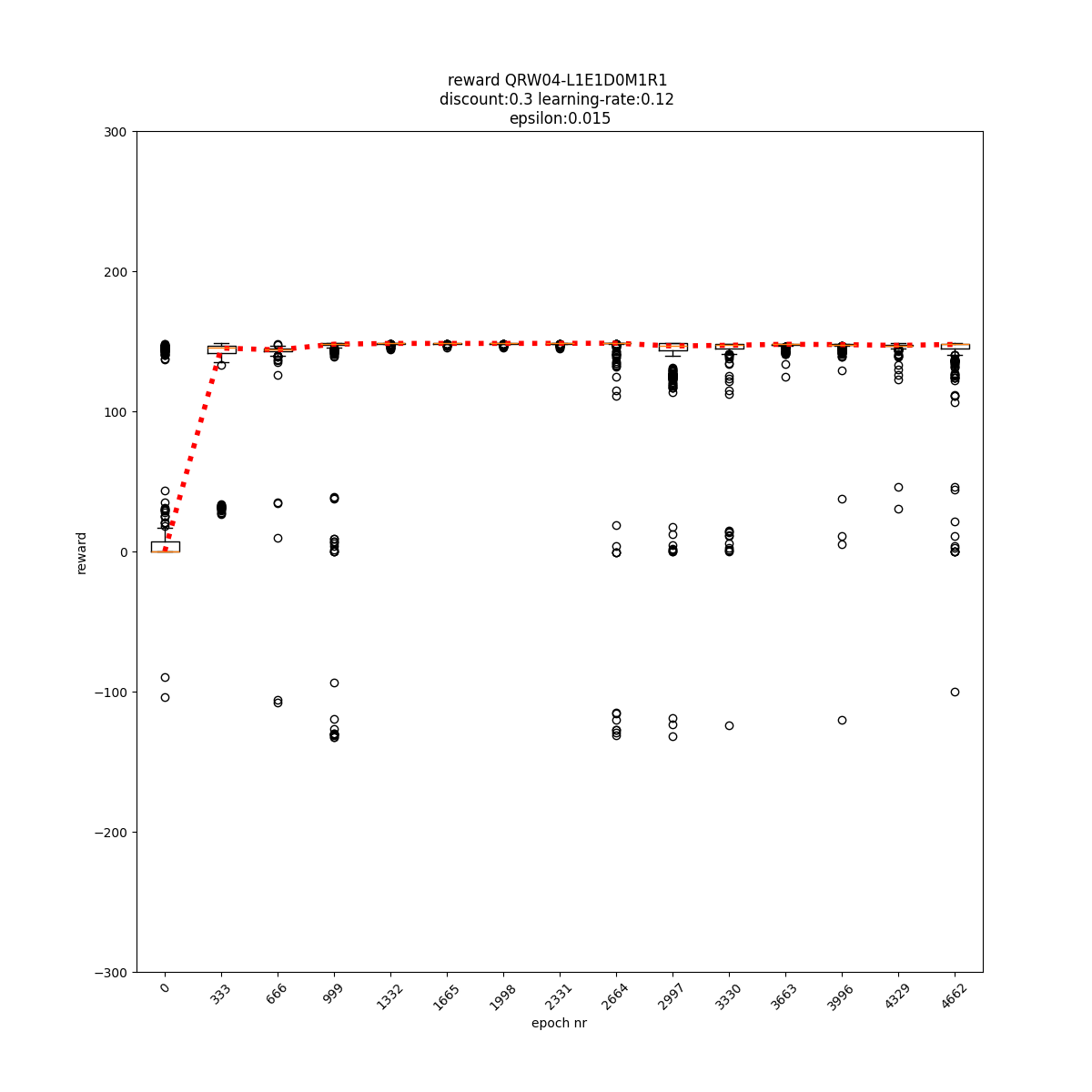
q-values
video 0 video 1 video 2 video 3
video 4 video 5 video 6 video 7
video 8 video 9 video 10 video 11
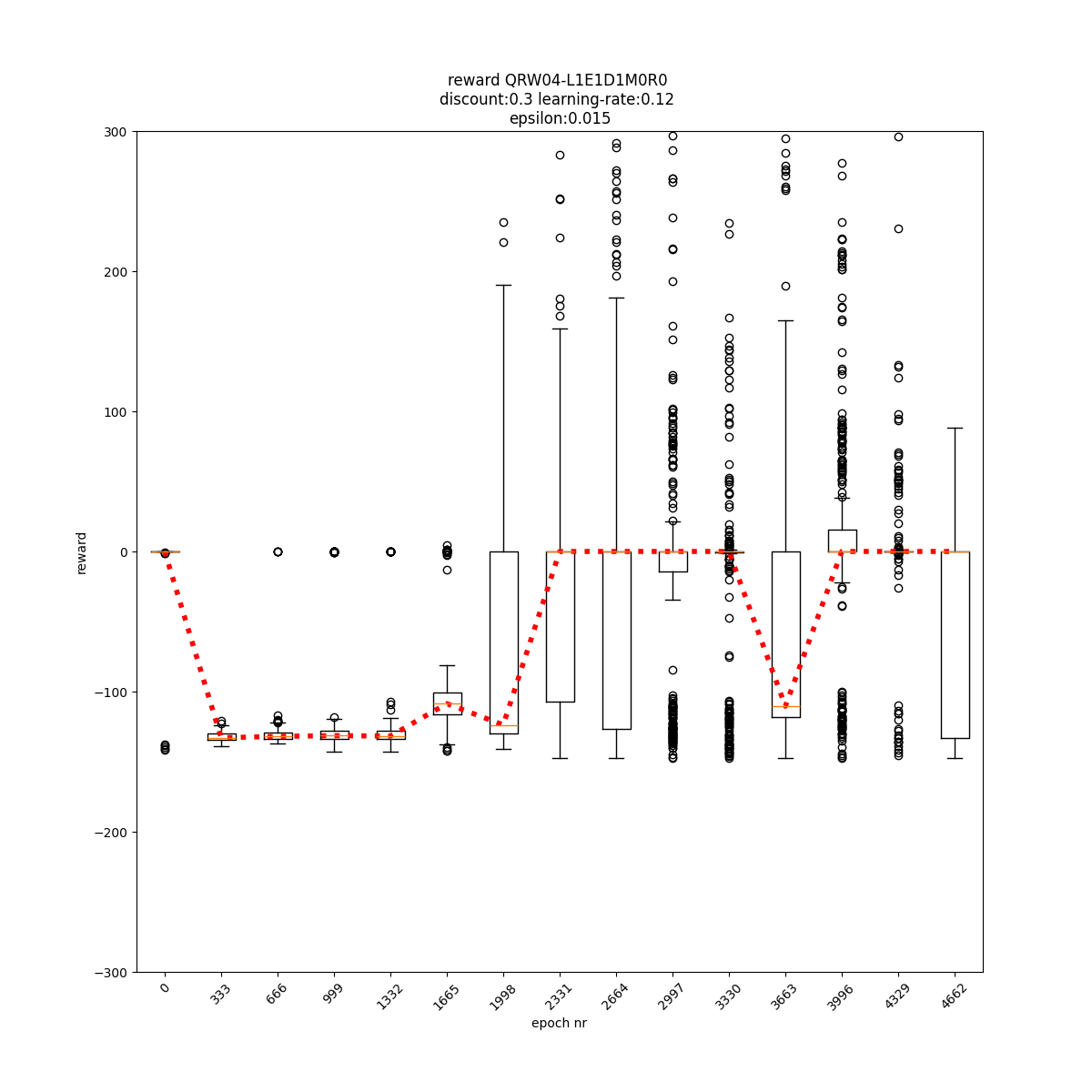
q-values
video 0 video 1 video 2 video 3
video 4 video 5 video 6 video 7
video 8 video 9 video 10 video 11

q-values
video 0 video 1 video 2 video 3
video 4 video 5 video 6 video 7
video 8 video 9 video 10 video 11

